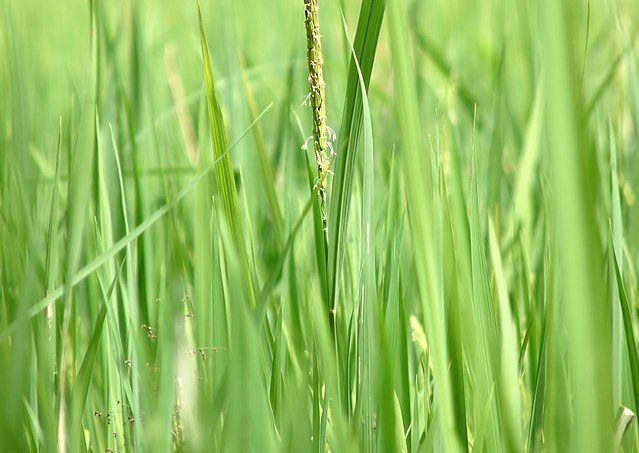India projects a 1% increase in kharif (autumn) rice output for the harvest that began October – but expects dips in pulses.
The national Ministry of Agriculture & Farmers’ Welfare and Rural Development released this its first of four projections on November 26, 2025.
Docket minister Shivraj Singh Chouhan put rice production at 124.5 million tonnes or 1.7 million tonnes above 2024-25’s.
A generally good monsoon favored the water-thirsty paddy although some areas experienced floods that affected mainly pulse yields.
This first projection uses as its basis the harvest results so far, foregoing annual trends as well as data from various states.
Another reference is uptick total kharif crop area by 4% annually, with rice acreage up by 3.667 million hectares in 2025.
Thus, the post projects 2025-26 kharif crop production to rise to 173 million tonnes, versus 169 million tonnes a year ago.
Slim Improvement
This slight improvement for food-based monsoon crops comes at a cost however because pulse declines have countered gains in rice and maize.
2025-26 maize production will tip the scales at 28 million tonnes or over 3 million tonnes above 2024-25’s.
Pulses however will lose some 0.3 million tonnes year-on-year, to 7.4 million tonnes due to excess rainfall that brought damage.
Oilseeds, too, will trend down at 27.56 million tonnes vis-á-vis the 28 million tonnes of 2024.
Non-food seasonal crops like cotton, jute and mesta will also experience slight annual output retreats.
Cotton will shed at least 0.7 million bales annually, to 29.2 million bales, each weighing 170 kg. Jute (Corchorus olitorius) and mesta production will similarly dip by 0.1 million bales to 8.3 million bales, each weighing 180 kg.
India plants its monsoon crops in June and reaps them in October, coinciding with the end of the country’s marketing year. To learn how previous marketing years have fared for kharif, skim the below stats.
India Kharif Rice Statistics
India grows rice in the kharif (June-October), Rabi (November-April) and summer seasons. The kharif crop scores 83% in annual production share, followed by the Rabi one at 10% while the summer one represents 7%. The monsoon rains water 50 to 53% of India’s rice crop, hence the importance of good rainfall conditions.
As such, production changes from year to year depending on not only acreage but factors like ample rainfall. For example in the rainy 2023-24 season, India produced 106.313 million tonnes of rice, according to the national government. This was more than the top 4 other food grain/oilseeds combined that year, per the governmental table below:
| Crop | Production [tonnes] |
| Rice | 106.313 million |
| Maize | 22.482 million |
| Tur | 34.21 million |
| Urad | 15.05 million |
| Green grams [moong] | 14.05 million |
Does India’s kharif rice represent much of the global harvest?
During the kharif season, India produces 83% of its rice. This harvest in combination with that of Rabi and summer crops helps the country account for 20% of worldwide rice production.
How much rice does India produce annually?
According to Rice Online quoting the USDA’s PSD Online, India’s annual rice production was as follows in 2020-25:
| Marketing Year | Production [tonnes] |
| 2024-25 | 145 million |
| 2023-24 | 137.8 million |
| 2022-23 | 135.8 million |
| 2021-22 | 129.5 million |
| 2020-21 | 124.4 million |
